Interstellar Dust Of The Horsehead Nebula As Revealed By The Hubble Space Telescope and KUEYEN Telescope.


Interstellar dust of the Horsehead Nebula as revealed by the Hubble Space Telescope and KUEYEN telescope. Credit: NASA/ESA/Hubble, ESO
More Posts from Sidusglacies and Others














500,000 Suns by Paul Blake

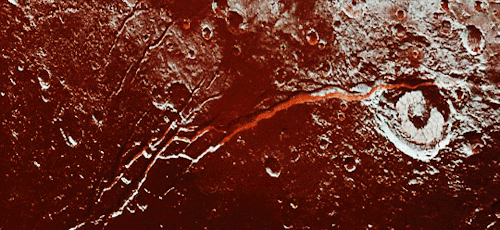
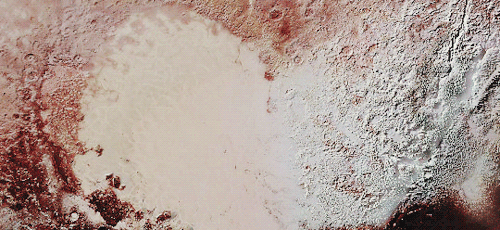
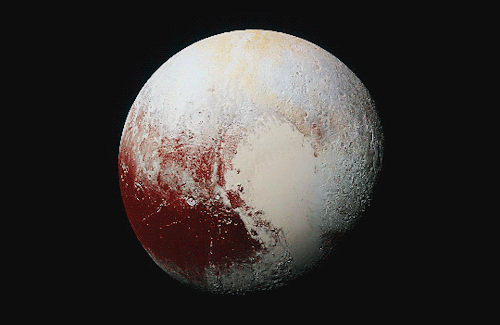
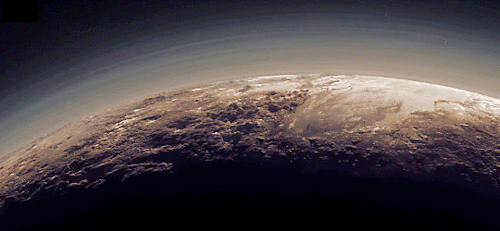
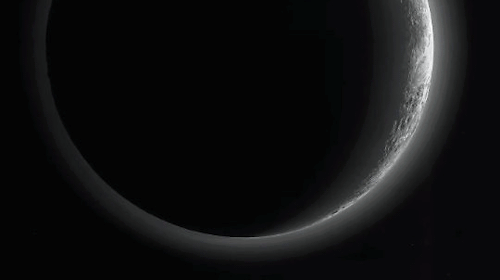
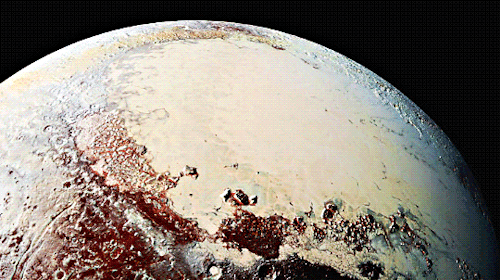
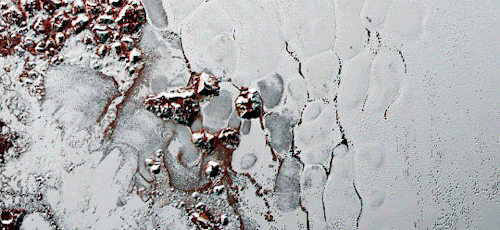

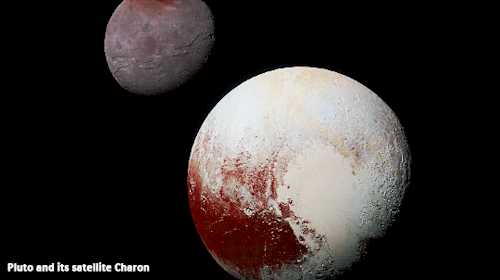
Pluto as seen from NASA’s New Horizons spacecraft ; Its heart-shaped sea is filled with poisonous ice.
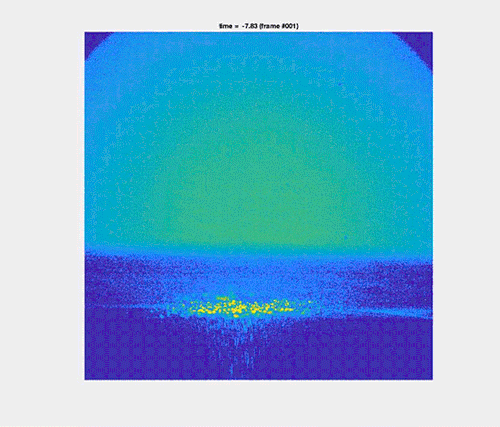
For more than a century, scientists have been fascinated by the jet that forms after a drop impacts a liquid. In this study, researchers tracked fluorescent particles in the fluid to understand the velocity and acceleration of flow inside the jet. (Image and research credit: C. van Rijn et al.; via APS Physics; submitted by Kam-Yung Soh)

“One of the most actively changing areas on Mars are the steep edges of the North Polar layered deposits. This image from NASA’s Mars Reconnaissance Orbiter (MRO) shows many new ice blocks compared to an earlier image in December 2006. An animation shows one example, where a section of ice cliff collapsed. The older image (acquired in bin-2 mode) is not as sharp as the newer one.” Credit - nasa.gov

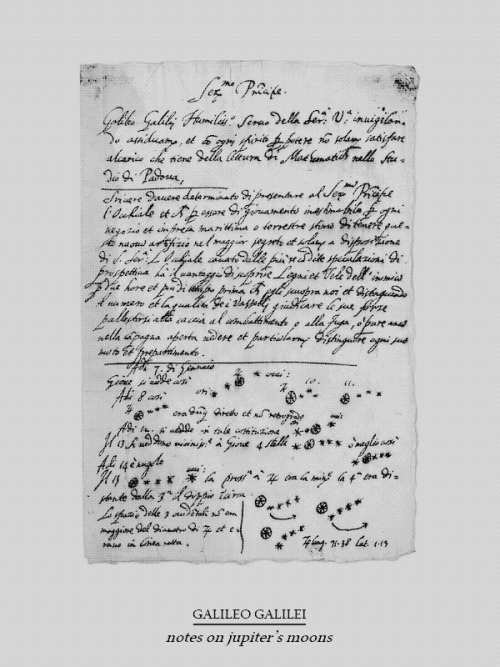



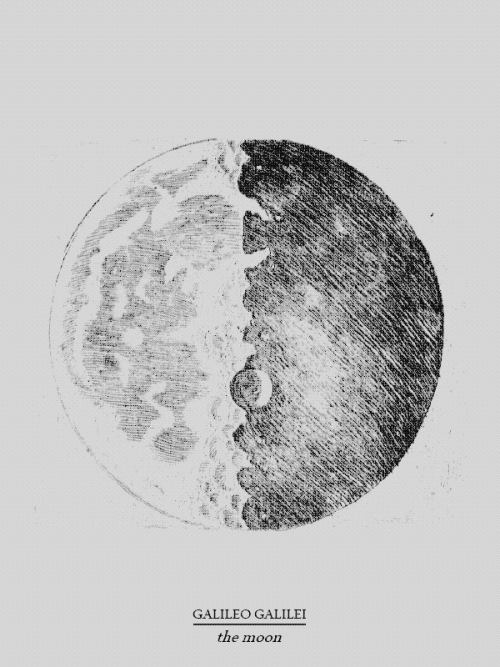
Galileo Galilei 1564-1642 the father of observational astronomy

New from Tornado Titans!
@brettwrightphoto captured this nice bolt at sunset in North Dakota. That barn has probably had better days. #ndwx #weather #lightning #weather #rain #rainyweather #storms #cloud #cloudporn #clouds #nature_lover #nature #nature_photo #nature_seeker #natgeoadventure #natgeoyourshot #natgeotravelpic #landscapes #landscapelover #epicsky #sky #skyporn #supercell #thunderstorm #storm #stormchasing #instaclouds #tv_clouds #ig_stormclouds https://instagr.am/p/CRrtJ-dr_gb/










ENCELADUS: TIGER STRIPES AND THE CHANCE FOR LIFE Discovered by William Hershel in 1789, Enceladus is the sixth largest moon of Saturn. It appears as a small, faint speck through a telescope and until recently not much was known about this mysterious world.
Keep reading
-
 iwannarunaway-13 reblogged this · 4 months ago
iwannarunaway-13 reblogged this · 4 months ago -
 iwannarunaway-13 liked this · 4 months ago
iwannarunaway-13 liked this · 4 months ago -
 shannybangbang reblogged this · 1 year ago
shannybangbang reblogged this · 1 year ago -
 arentweclever liked this · 1 year ago
arentweclever liked this · 1 year ago -
 wifeguycentral reblogged this · 1 year ago
wifeguycentral reblogged this · 1 year ago -
 ive-never-seen-a-cloud liked this · 1 year ago
ive-never-seen-a-cloud liked this · 1 year ago -
 vanillabat99 reblogged this · 1 year ago
vanillabat99 reblogged this · 1 year ago -
 bloggyblob3400 liked this · 1 year ago
bloggyblob3400 liked this · 1 year ago -
 caramelcalamity reblogged this · 1 year ago
caramelcalamity reblogged this · 1 year ago -
 caramelcalamity liked this · 1 year ago
caramelcalamity liked this · 1 year ago -
 rewcustomclothing liked this · 1 year ago
rewcustomclothing liked this · 1 year ago -
 vanillabat99 liked this · 1 year ago
vanillabat99 liked this · 1 year ago -
 angelbabymikaa liked this · 1 year ago
angelbabymikaa liked this · 1 year ago -
 meteoriteskies reblogged this · 1 year ago
meteoriteskies reblogged this · 1 year ago -
 meteoriteskies liked this · 1 year ago
meteoriteskies liked this · 1 year ago -
 lovethythrall reblogged this · 1 year ago
lovethythrall reblogged this · 1 year ago -
 thourobin liked this · 1 year ago
thourobin liked this · 1 year ago -
 yther liked this · 1 year ago
yther liked this · 1 year ago -
 shibariphoenix liked this · 1 year ago
shibariphoenix liked this · 1 year ago -
 actiondatsun liked this · 1 year ago
actiondatsun liked this · 1 year ago -
 nousername78934628 liked this · 1 year ago
nousername78934628 liked this · 1 year ago -
 vincenntt liked this · 1 year ago
vincenntt liked this · 1 year ago -
 lostintheunicornland reblogged this · 1 year ago
lostintheunicornland reblogged this · 1 year ago -
 lostintheunicornland liked this · 1 year ago
lostintheunicornland liked this · 1 year ago -
 gentleincubus reblogged this · 1 year ago
gentleincubus reblogged this · 1 year ago -
 lemme-holla-at-you reblogged this · 1 year ago
lemme-holla-at-you reblogged this · 1 year ago -
 saturnalija reblogged this · 1 year ago
saturnalija reblogged this · 1 year ago -
 ninaizantina reblogged this · 1 year ago
ninaizantina reblogged this · 1 year ago -
 ninaizantina liked this · 1 year ago
ninaizantina liked this · 1 year ago -
 112mindyourownbusiness liked this · 2 years ago
112mindyourownbusiness liked this · 2 years ago -
 randomwithinfandom liked this · 3 years ago
randomwithinfandom liked this · 3 years ago -
 cha0tic-n1ghtmar3 liked this · 3 years ago
cha0tic-n1ghtmar3 liked this · 3 years ago -
 john-erby liked this · 3 years ago
john-erby liked this · 3 years ago -
 youdunnomoi liked this · 3 years ago
youdunnomoi liked this · 3 years ago -
 eruthiawenluin liked this · 3 years ago
eruthiawenluin liked this · 3 years ago -
 interstellarstorms reblogged this · 3 years ago
interstellarstorms reblogged this · 3 years ago























